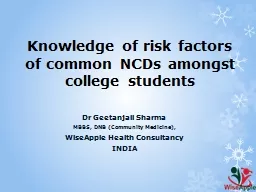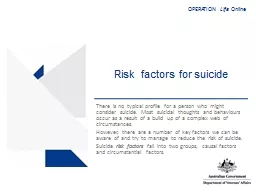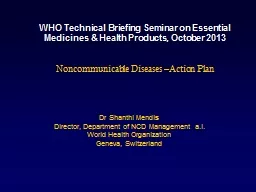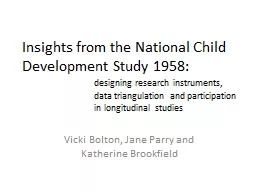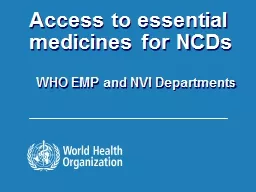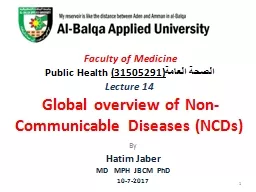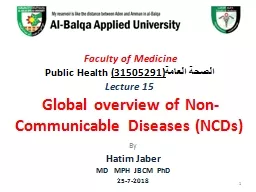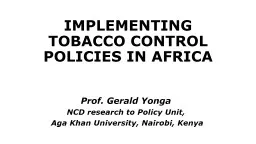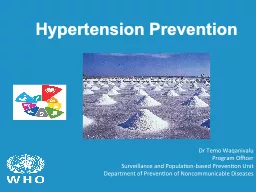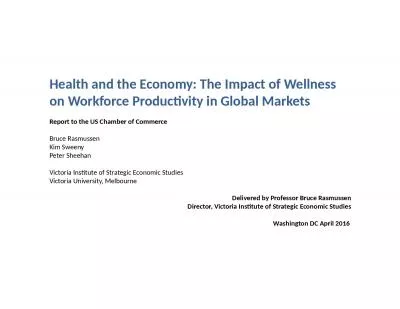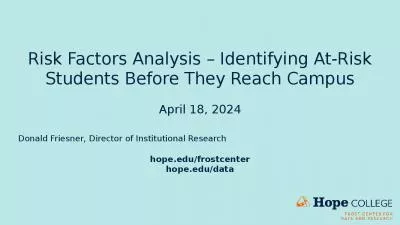PPT-Knowledge of risk factors of common NCDs amongst college students
Author : cheryl-pisano | Published Date : 2020-01-10
Knowledge of risk factors of common NCDs amongst college students Dr Geetanjali Sharma MBBS DNB Community Medicine WiseApple Health Consultancy INDIA FacetoFace
Presentation Embed Code
Download Presentation
Download Presentation The PPT/PDF document "Knowledge of risk factors of common NCDs..." is the property of its rightful owner. Permission is granted to download and print the materials on this website for personal, non-commercial use only, and to display it on your personal computer provided you do not modify the materials and that you retain all copyright notices contained in the materials. By downloading content from our website, you accept the terms of this agreement.
Knowledge of risk factors of common NCDs amongst college students: Transcript
Download Rules Of Document
"Knowledge of risk factors of common NCDs amongst college students"The content belongs to its owner. You may download and print it for personal use, without modification, and keep all copyright notices. By downloading, you agree to these terms.
Related Documents

